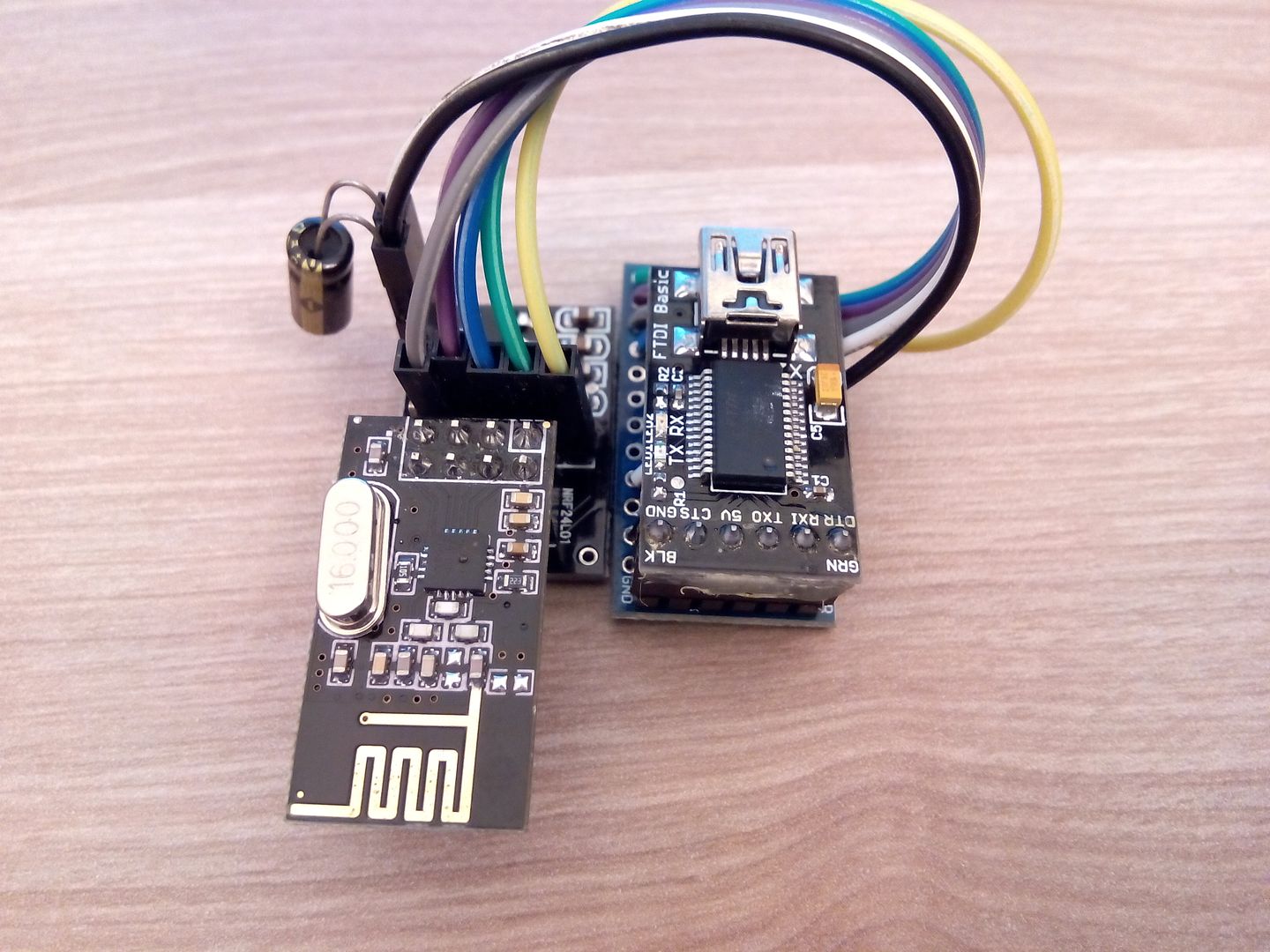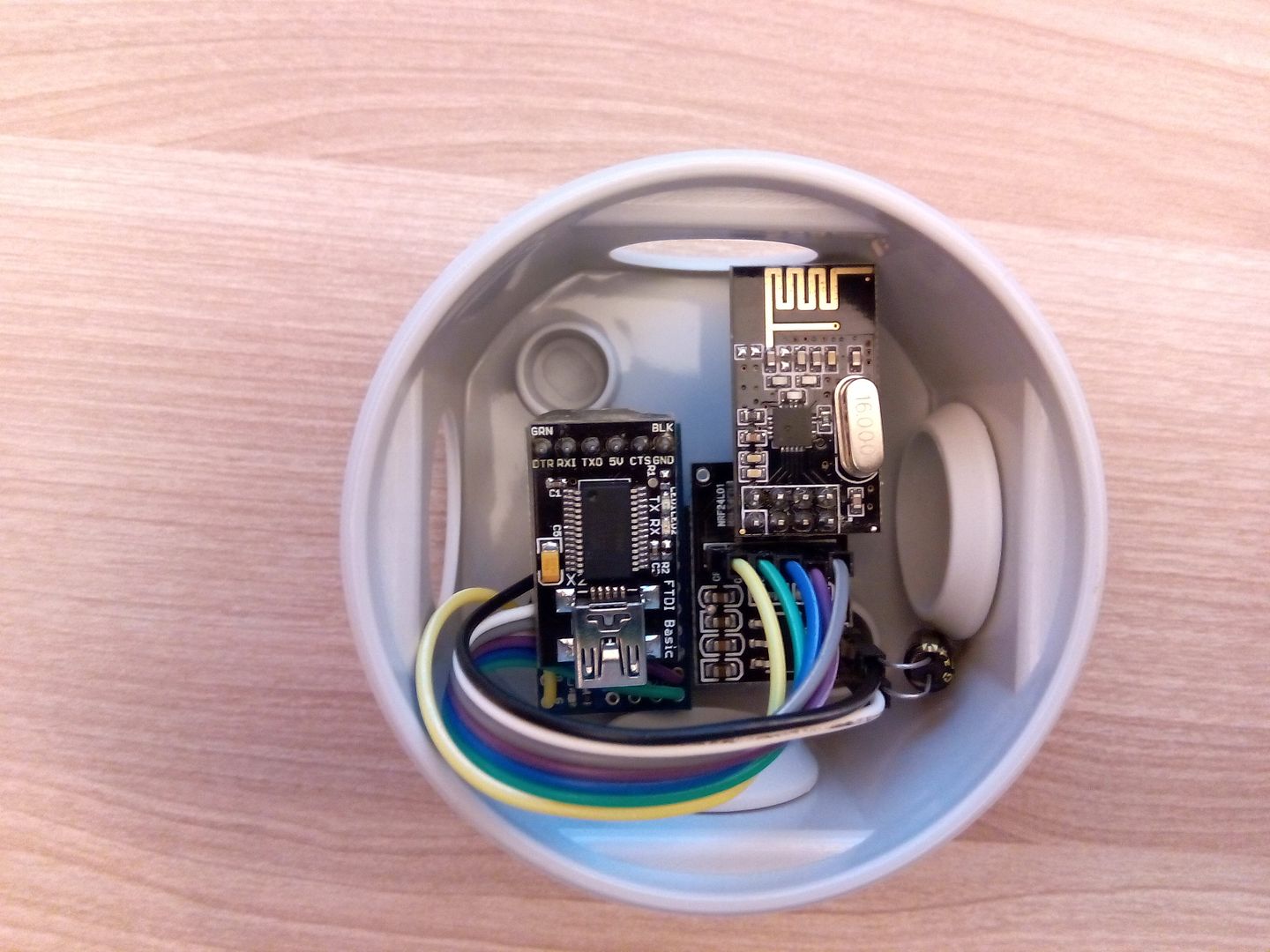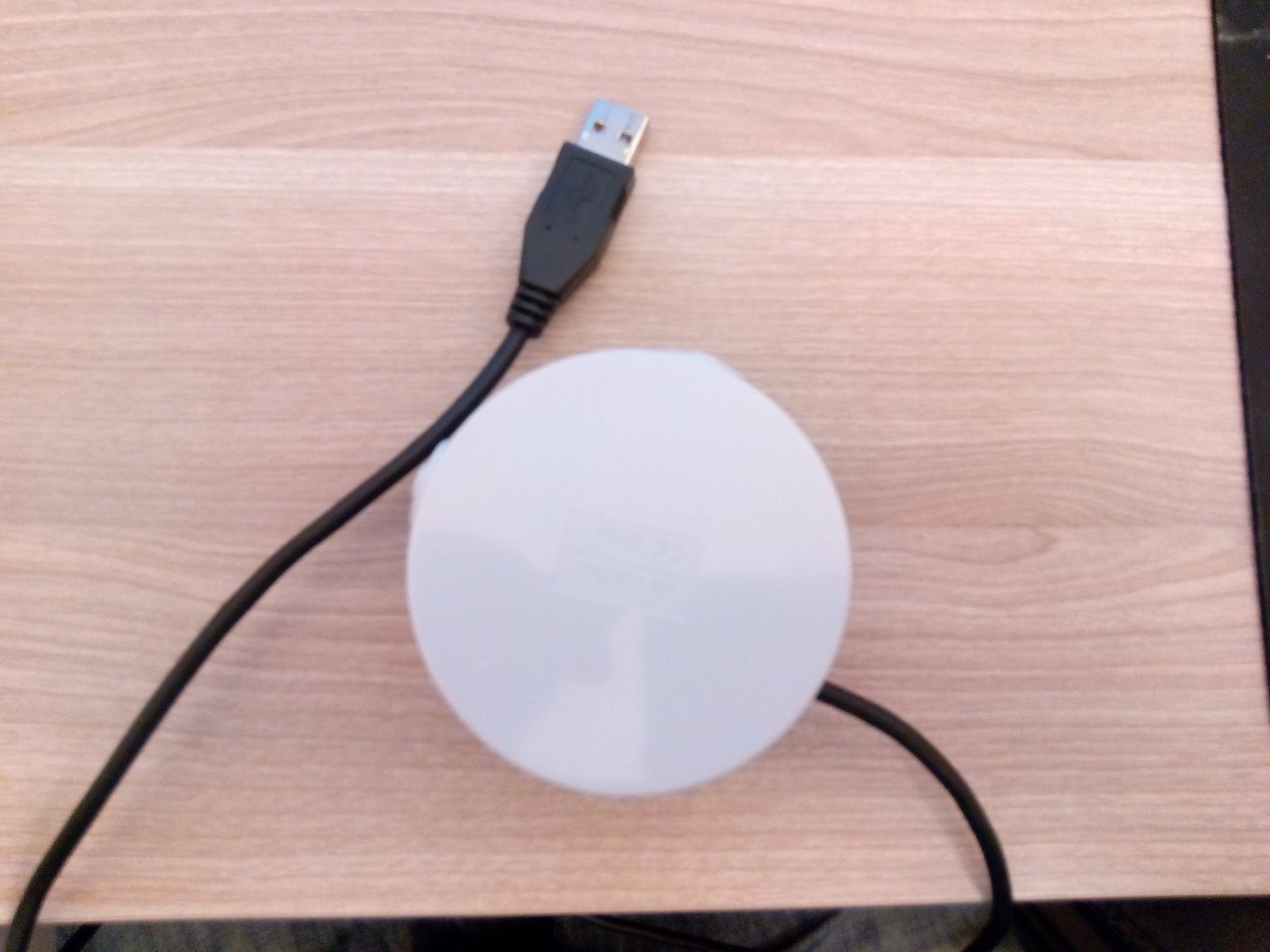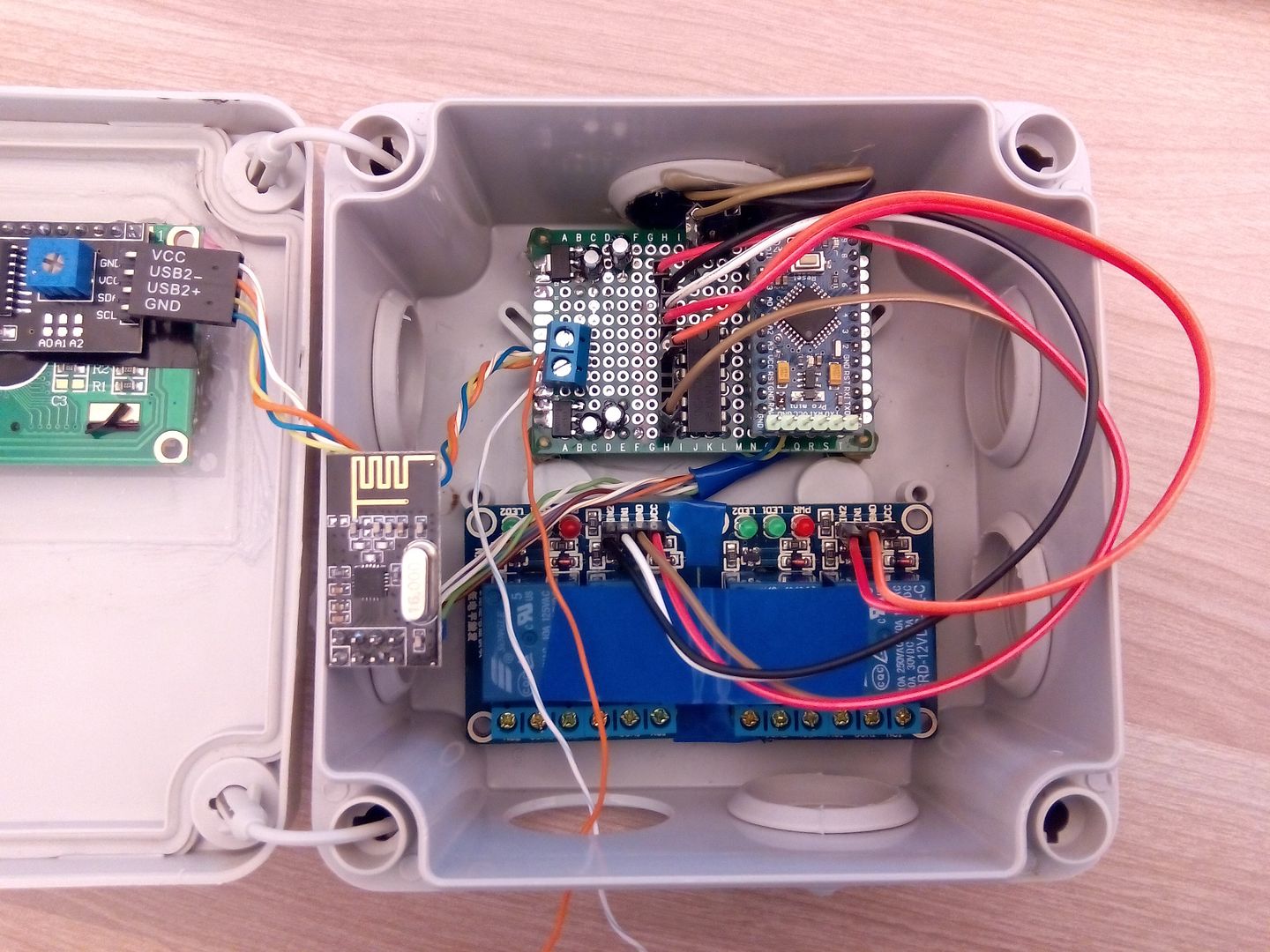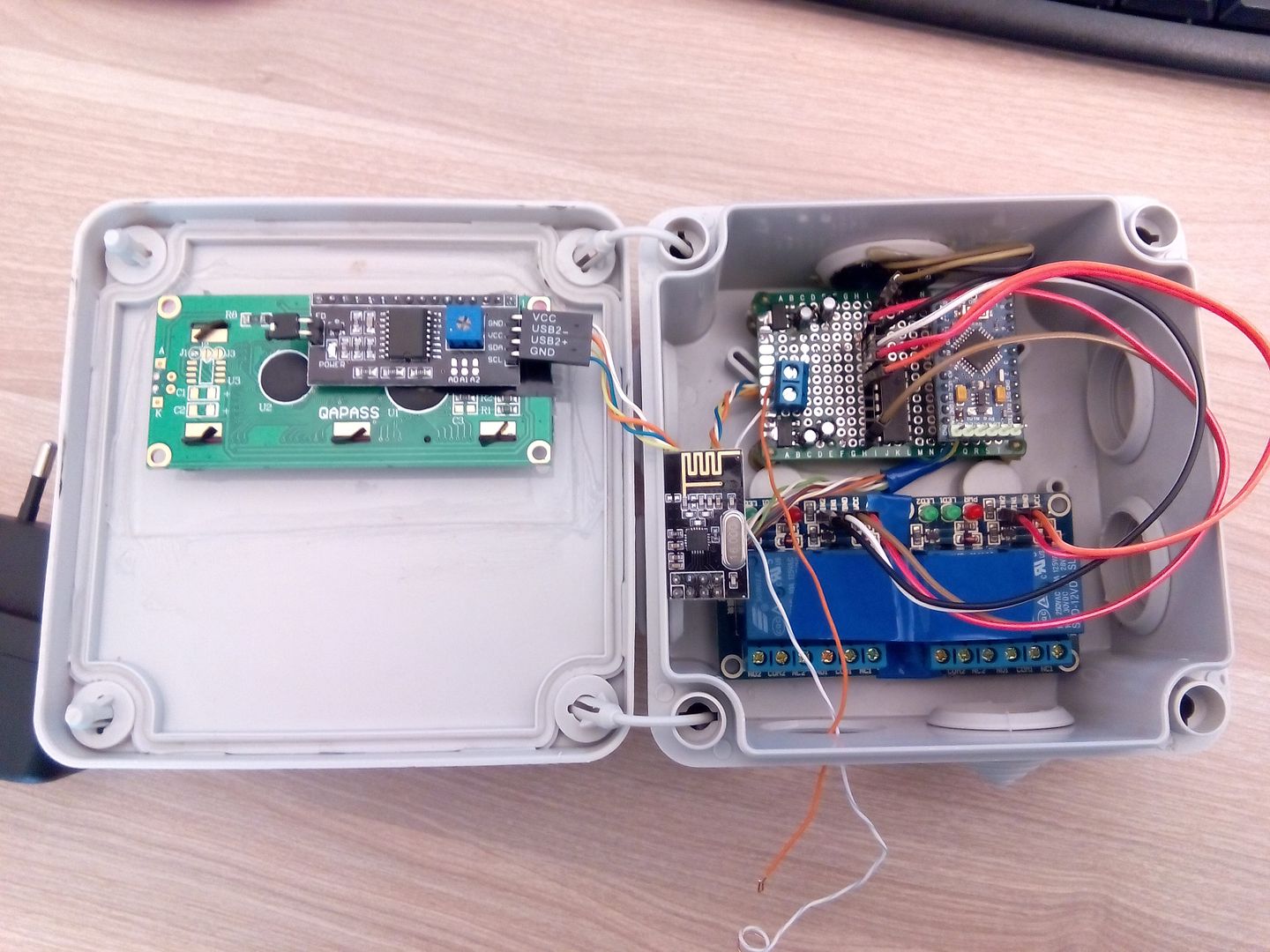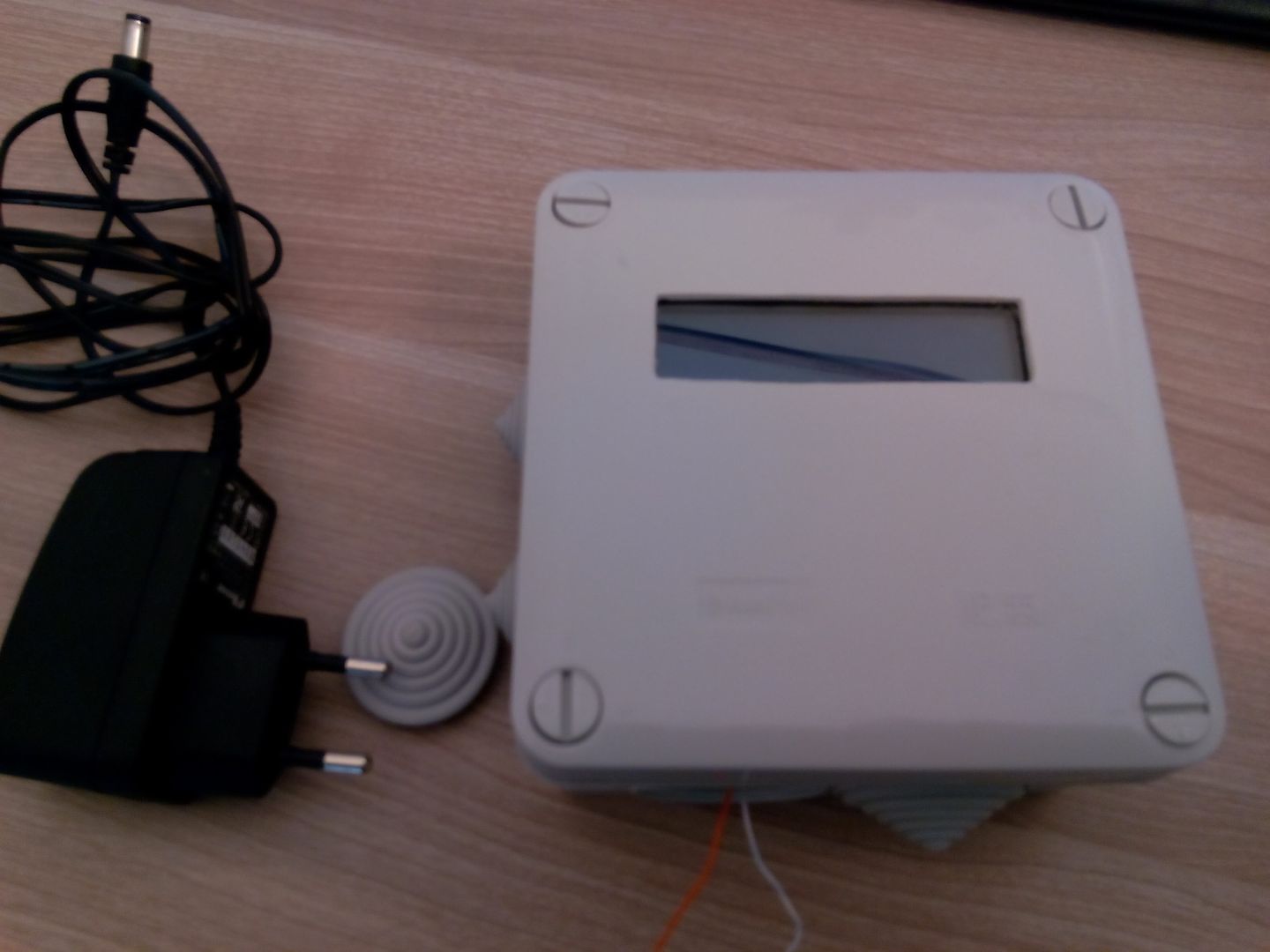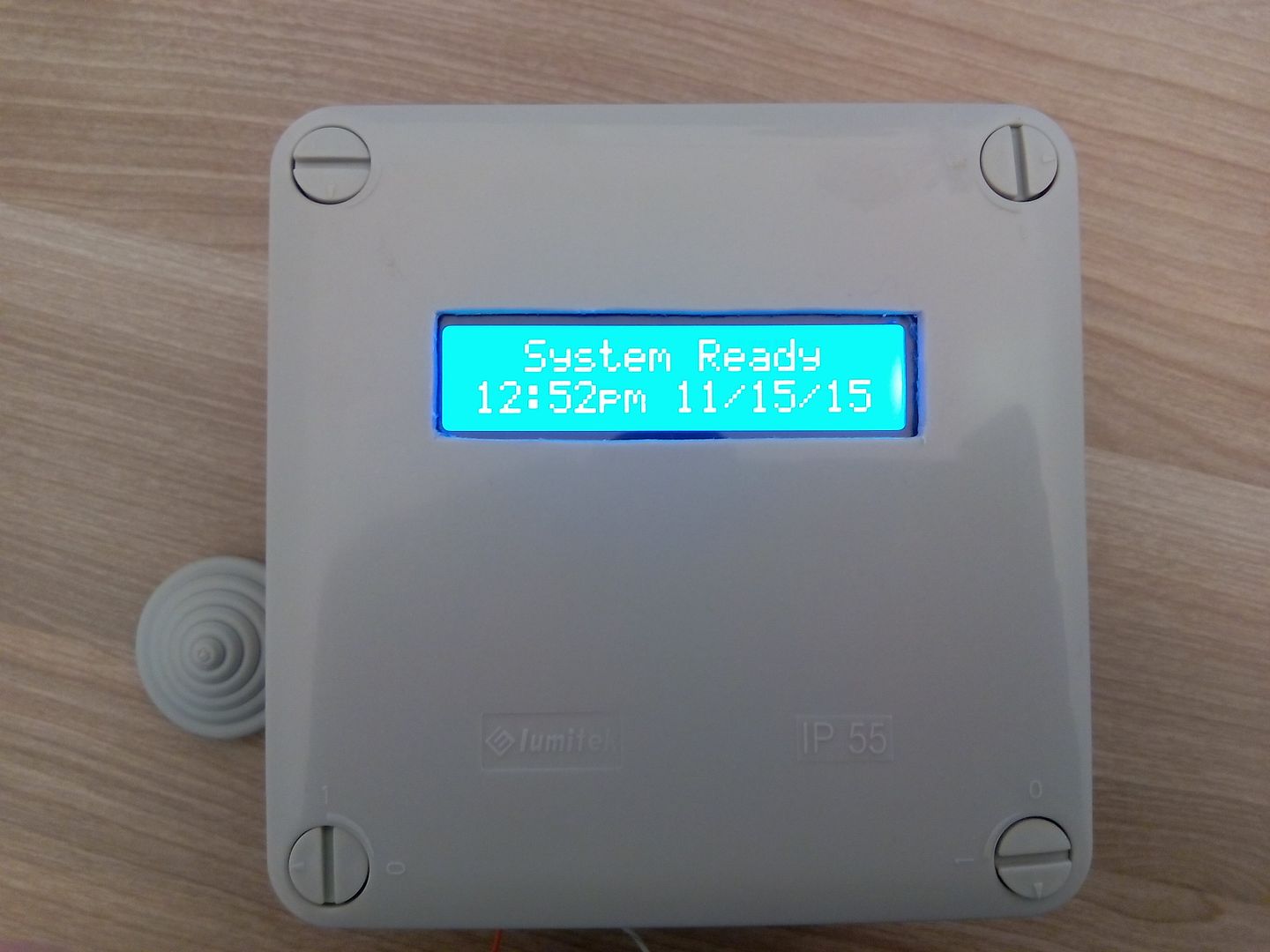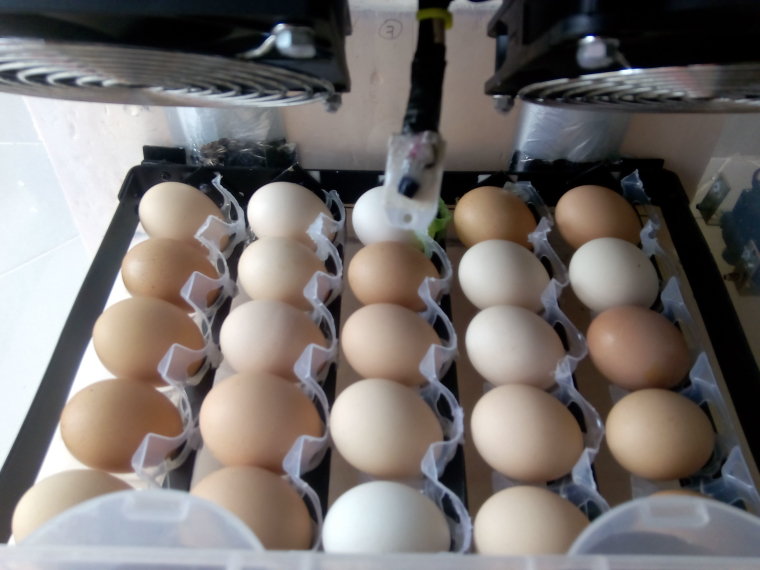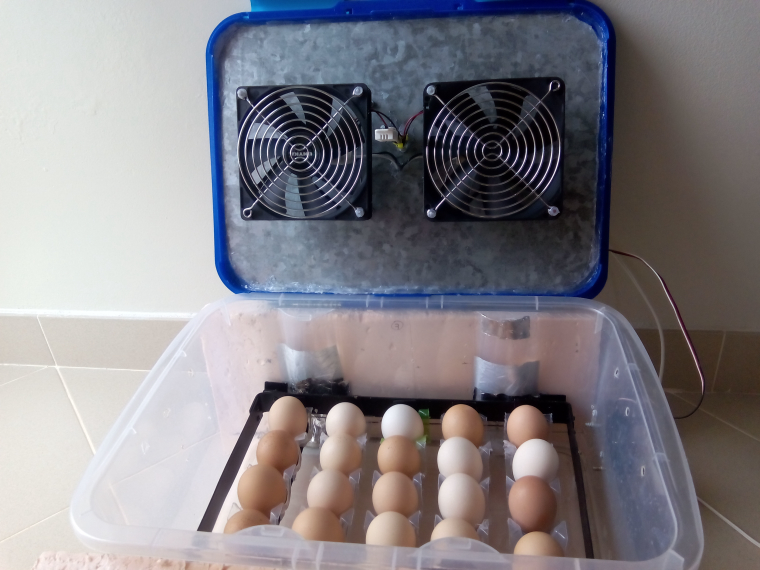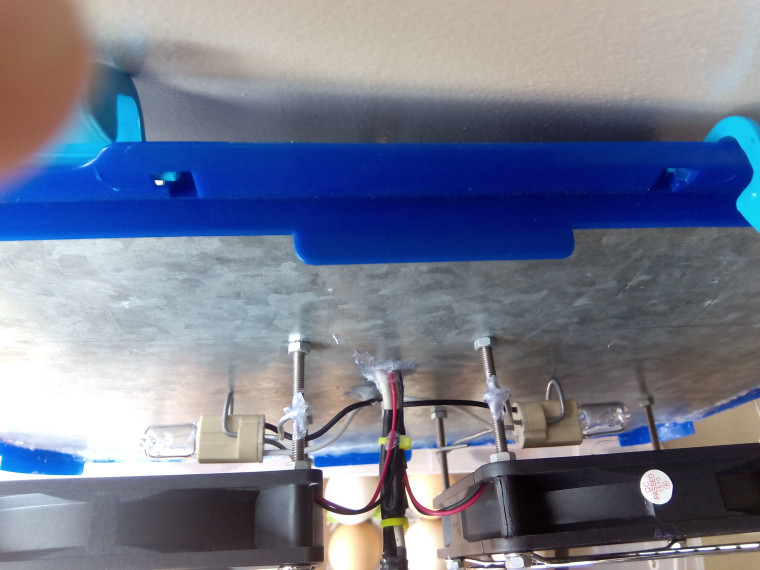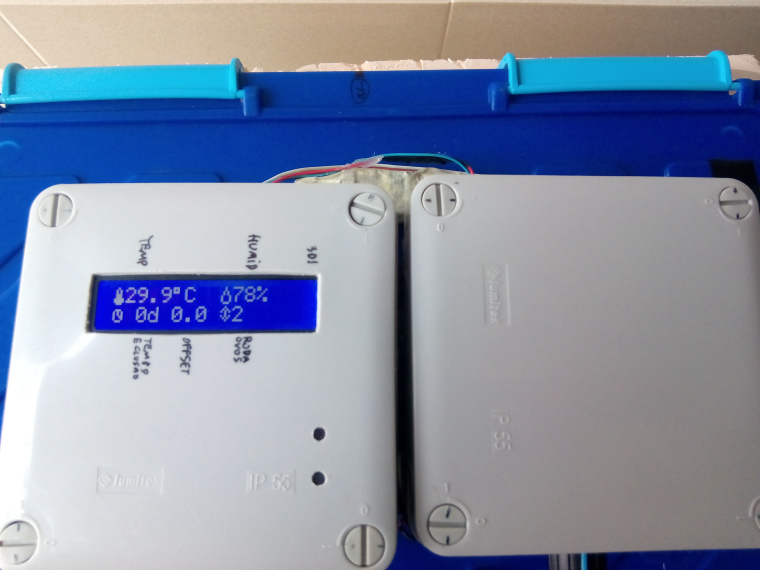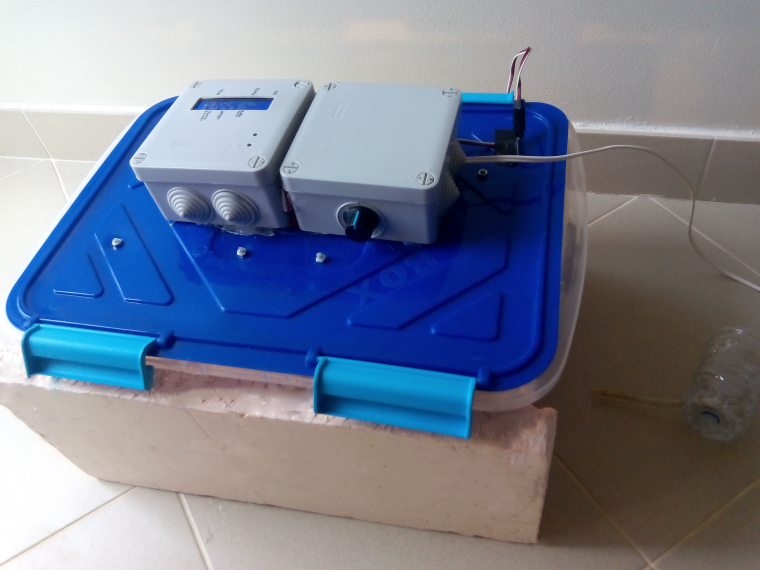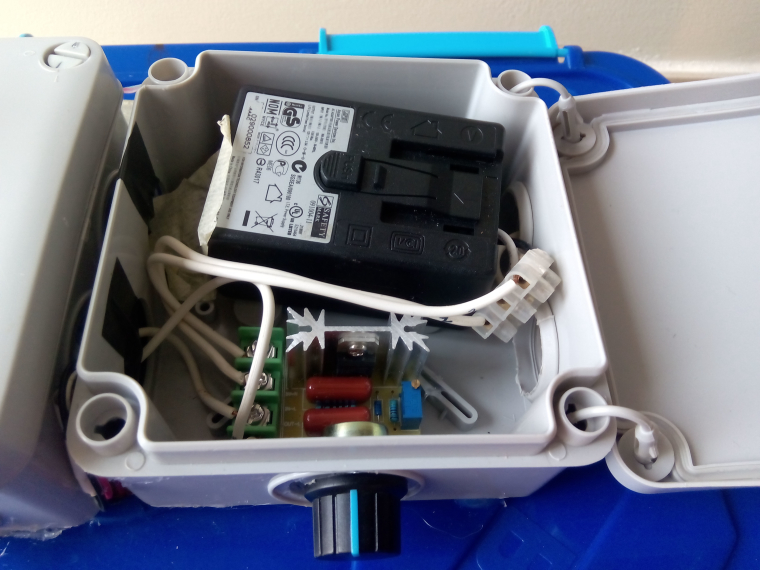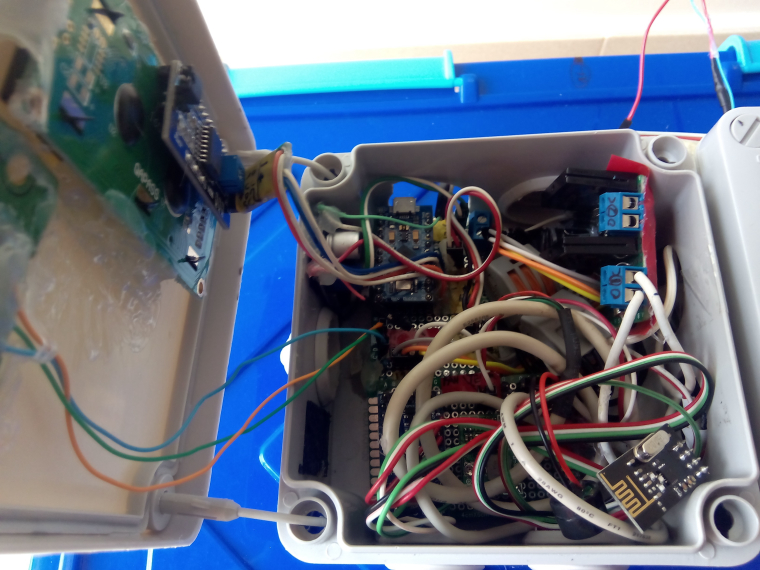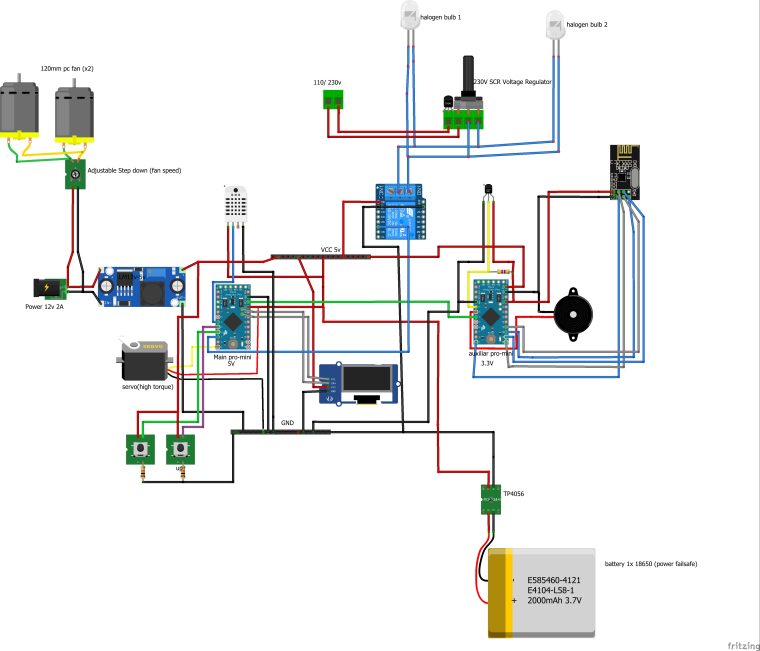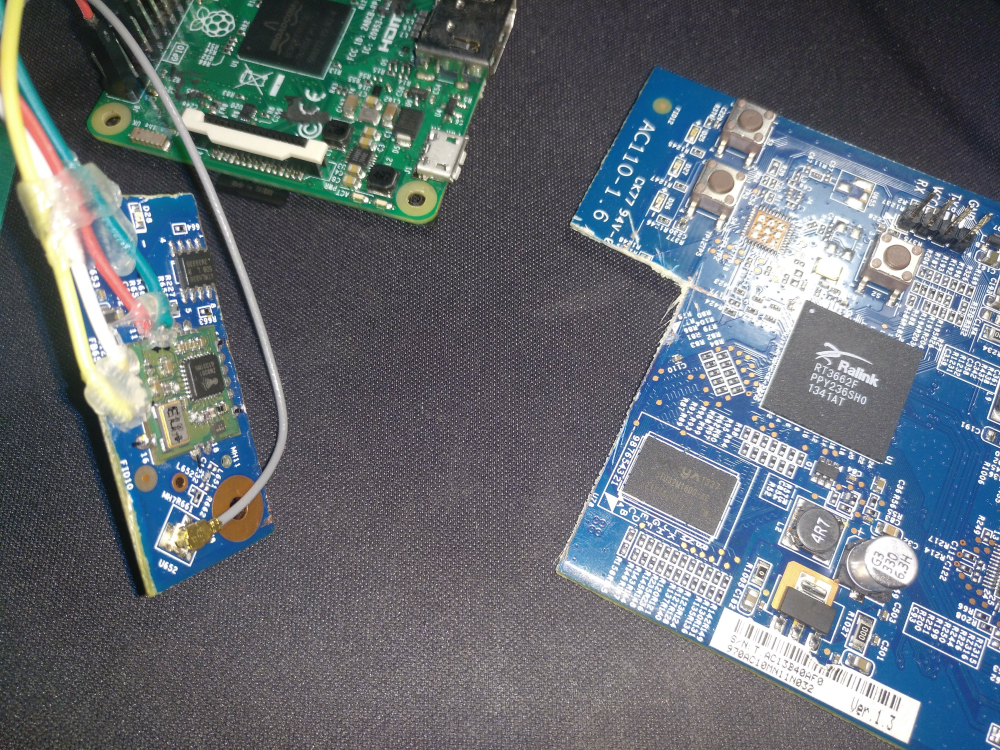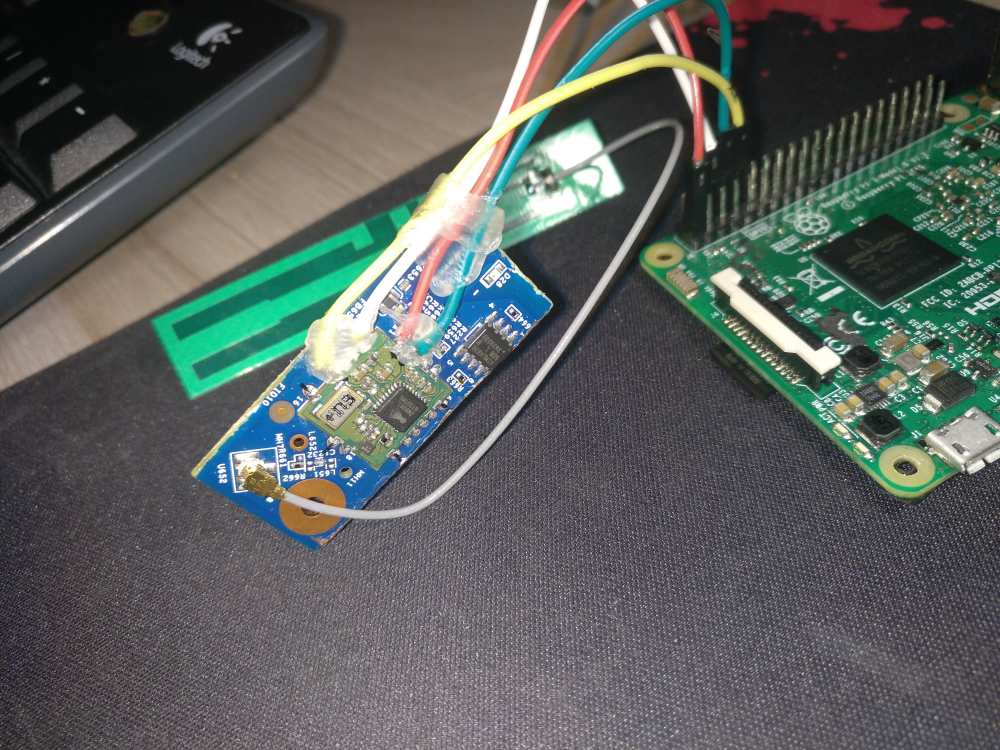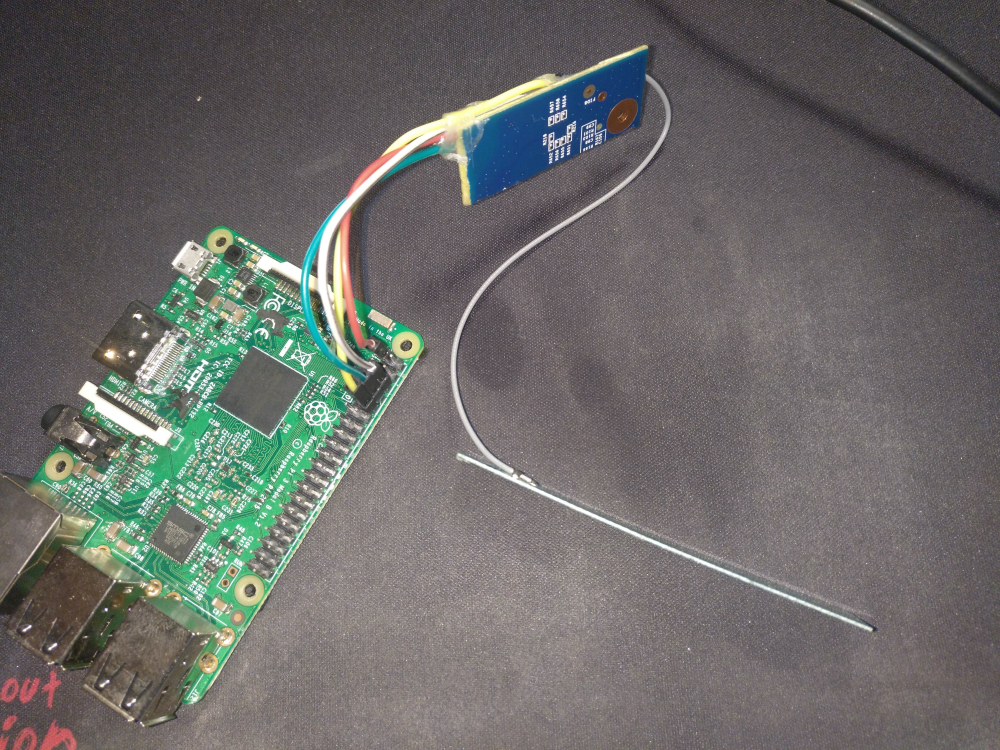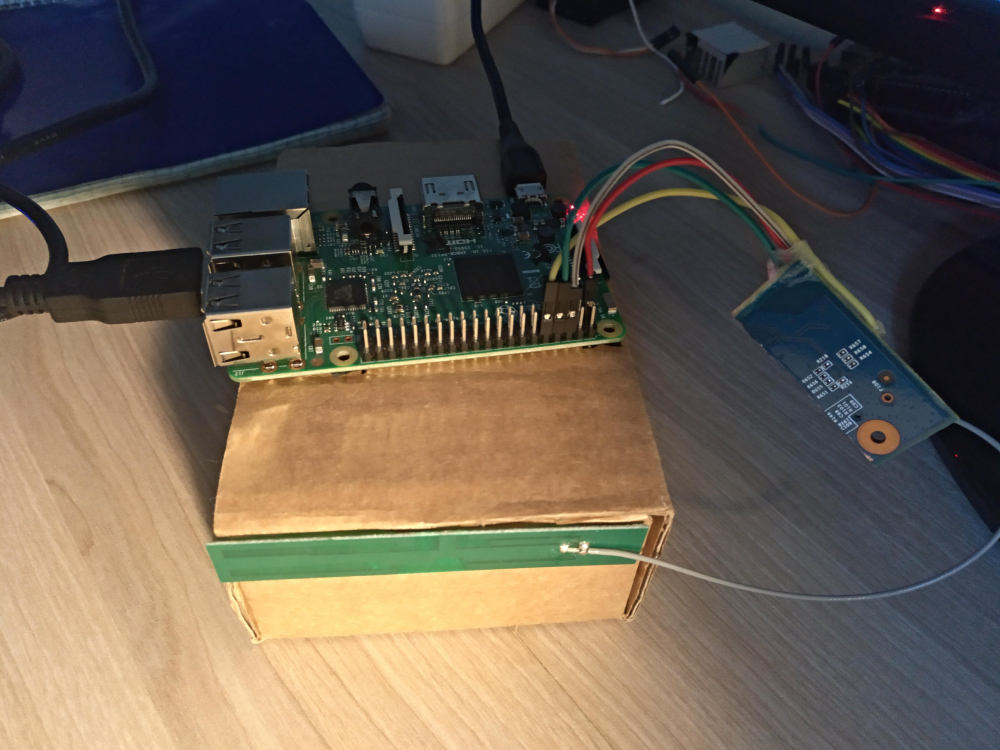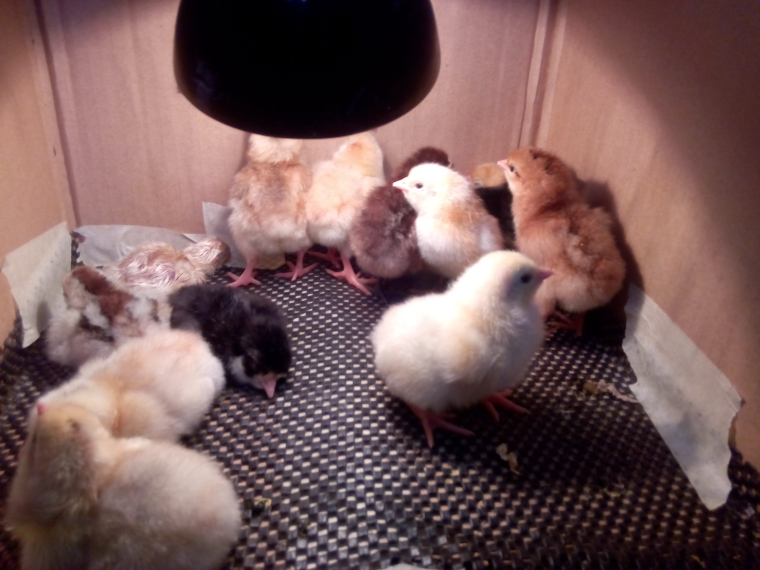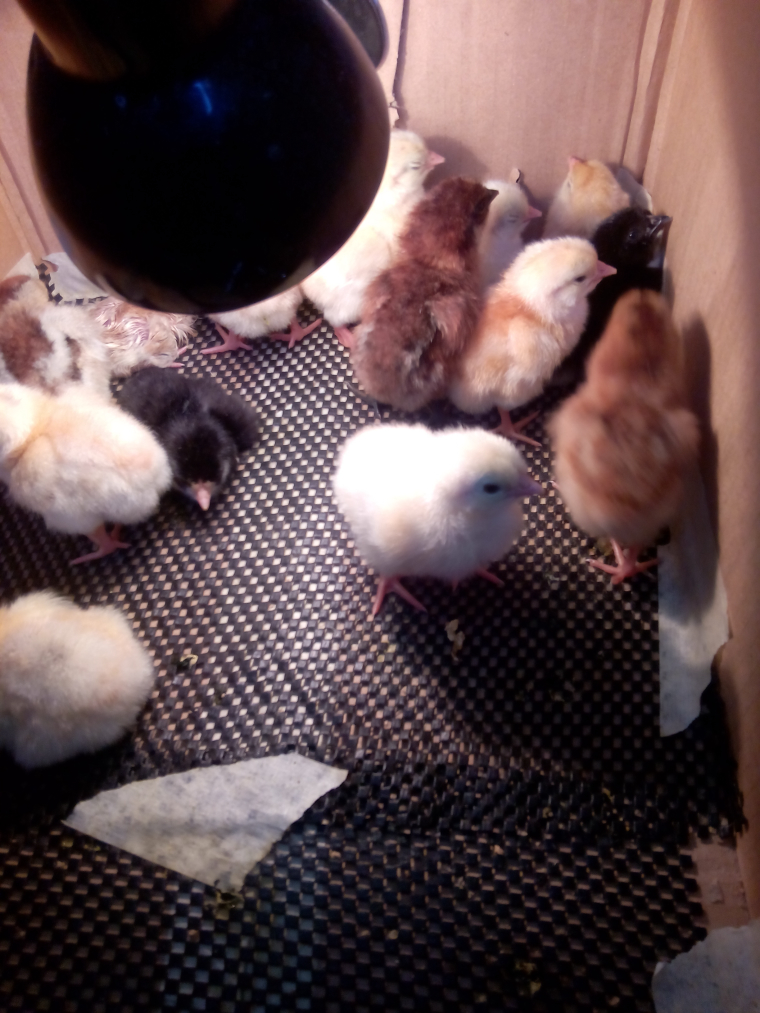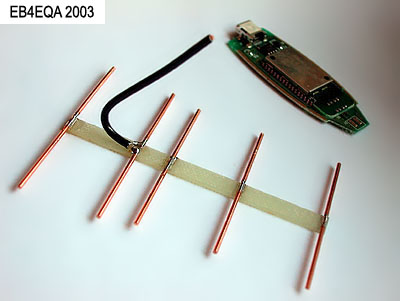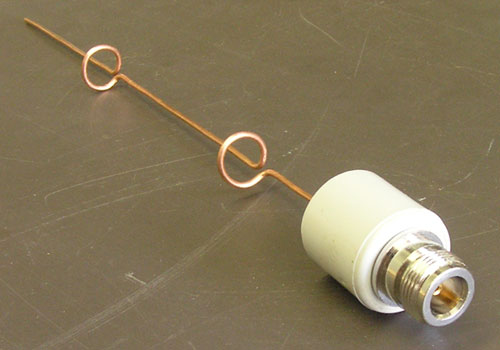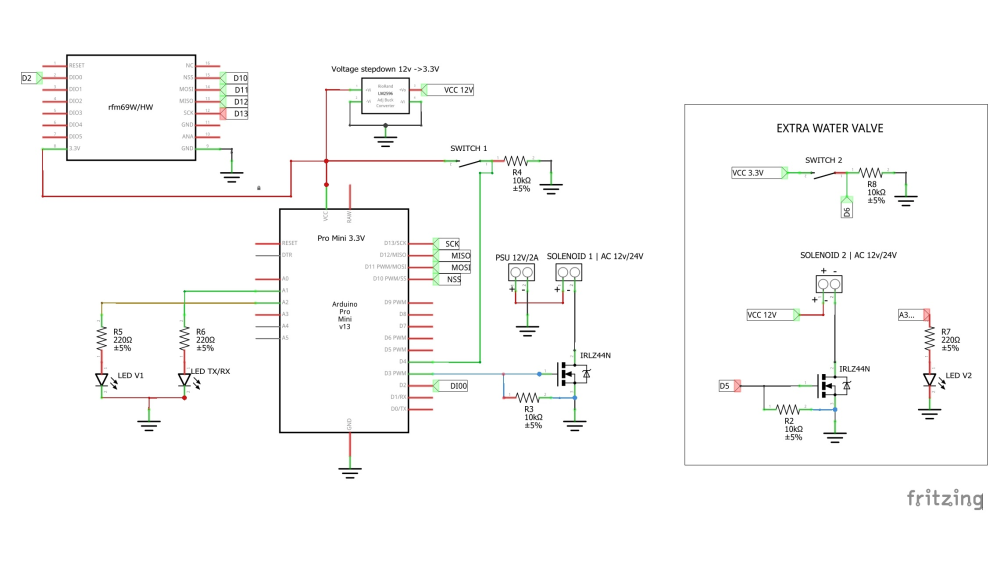thank you for reply @mfalkvidd
Payload like 100 shoud be 100% on domoticz, right? how does domoticz "know" that a blindcover /or shutter is open or close? because it's not respondig to that...
__ __ ____
| \/ |_ _/ ___| ___ _ __ ___ ___ _ __ ___
| |\/| | | | \___ \ / _ \ `_ \/ __|/ _ \| `__/ __|
| | | | |_| |___| | __/ | | \__ \ _ | | \__ \
|_| |_|\__, |____/ \___|_| |_|___/\___/|_| |___/
|___/ 2.3.1
16 MCO:BGN:INIT NODE,CP=RRNNA---,REL=255,VER=2.3.1
26 MCO:BGN:BFR
28 TSM:INIT
30 TSF:WUR:MS=0
34 TSM:INIT:TSP OK
34 TSF:SID:OK,ID=4
36 TSM:FPAR
1257 TSF:MSG:SEND,4-4-255-255,s=255,c=3,t=7,pt=0,l=0,sg=0,ft=0,st=OK:
1423 TSF:MSG:READ,0-0-4,s=255,c=3,t=8,pt=1,l=1,sg=0:0
1429 TSF:MSG:FPAR OK,ID=0,D=1
3264 TSM:FPAR:OK
3264 TSM:ID
3266 TSM:ID:OK
3268 TSM:UPL
3276 TSF:MSG:SEND,4-4-0-0,s=255,c=3,t=24,pt=1,l=1,sg=0,ft=0,st=OK:1
3315 TSF:MSG:READ,0-0-4,s=255,c=3,t=25,pt=1,l=1,sg=0:1
3321 TSF:MSG:PONG RECV,HP=1
3325 TSM:UPL:OK
3328 TSM:READY:ID=4,PAR=0,DIS=1
3540 TSF:MSG:SEND,4-4-0-0,s=255,c=3,t=15,pt=6,l=2,sg=0,ft=0,st=OK:0100
3567 TSF:MSG:READ,0-0-4,s=255,c=3,t=15,pt=6,l=2,sg=0:0100
3786 TSF:MSG:SEND,4-4-0-0,s=255,c=0,t=17,pt=0,l=5,sg=0,ft=0,st=OK:2.3.1
4005 TSF:MSG:SEND,4-4-0-0,s=255,c=3,t=6,pt=1,l=1,sg=0,ft=0,st=OK:0
4046 TSF:MSG:READ,0-0-4,s=255,c=3,t=6,pt=0,l=1,sg=0:M
4263 TSF:MSG:SEND,4-4-0-0,s=255,c=3,t=11,pt=0,l=5,sg=0,ft=0,st=OK:Cover
4483 TSF:MSG:SEND,4-4-0-0,s=255,c=3,t=12,pt=0,l=3,sg=0,ft=0,st=OK:2.0
4708 TSF:MSG:SEND,4-4-0-0,s=0,c=0,t=5,pt=0,l=22,sg=0,ft=0,st=OK:shuttle for Livingroom
4716 MCO:REG:REQ
4929 TSF:MSG:SEND,4-4-0-0,s=255,c=3,t=26,pt=1,l=1,sg=0,ft=0,st=OK:2
4956 TSF:MSG:READ,0-0-4,s=255,c=3,t=27,pt=1,l=1,sg=0:1
4962 MCO:PIM:NODE REG=1
4964 MCO:BGN:STP
getting rolltime from eeprom:
28.00
getting state from eeprom:
0
4968 MCO:BGN:INIT OK,TSP=1
Sending initial value
5185 TSF:MSG:SEND,4-4-0-0,s=0,c=1,t=29,pt=1,l=1,sg=0,ft=0,st=OK:0
5402 TSF:MSG:SEND,4-4-0-0,s=0,c=1,t=30,pt=1,l=1,sg=0,ft=0,st=OK:0
5619 TSF:MSG:SEND,4-4-0-0,s=0,c=1,t=31,pt=1,l=1,sg=0,ft=0,st=OK:1
5838 TSF:MSG:SEND,4-4-0-0,s=0,c=1,t=3,pt=2,l=2,sg=0,ft=0,st=OK:0
.
.
.
.
after I give an order of CLOSE (DOWN) shutter (v_percentage=0)
------------ *(HERE WAS AT 100% AND I ORDER TO GO 0%(CLOSED)* -------------------
exiting incoming message
Shutters going down
612509 TSF:MSG:SEND,4-4-0-0,s=0,c=1,t=29,pt=1,l=1,sg=0,ft=0,st=OK:0
612728 TSF:MSG:SEND,4-4-0-0,s=0,c=1,t=30,pt=1,l=1,sg=0,ft=0,st=OK:1
612947 TSF:MSG:SEND,4-4-0-0,s=0,c=1,t=31,pt=1,l=1,sg=0,ft=0,st=OK:0
613167 TSF:MSG:SEND,4-4-0-0,s=0,c=1,t=3,pt=2,l=2,sg=0,ft=0,st=OK:100
99
98
(...)
7
6
5
4
3
2
1
0
Shutters halted X
saving state to:
0
645519 TSF:MSG:SEND,4-4-0-0,s=0,c=1,t=29,pt=1,l=1,sg=0,ft=0,st=OK:0
645738 TSF:MSG:SEND,4-4-0-0,s=0,c=1,t=30,pt=1,l=1,sg=0,ft=0,st=OK:0
645957 TSF:MSG:SEND,4-4-0-0,s=0,c=1,t=31,pt=1,l=1,sg=0,ft=0,st=OK:1
646176 TSF:MSG:SEND,4-4-0-0,s=0,c=1,t=3,pt=2,l=2,sg=0,ft=0,st=OK:0
------------ *(HERE REACH 0%)* -------------------
